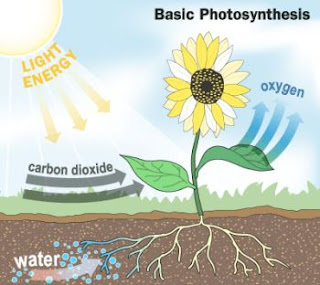English for business contextual dialogue:
| Customer: | Good morning. Where can I change some money? |
| Clerk: | Over there, Madam, at the Foreign Exchange counter. |
| Customer: | What's the rate today, please? |
| Clerk: | What currency, madam? |
| Customer: | United States dollars, please. |
| Clerk: | Are you buying or selling, Madam? |
| Customer: | I'd like to change dollars into rupiah. |
| Clerk: | We can give you 14,300 rupiah per dollar, Madam. |
| Customer: | That's a rather poor rate of exchange, isn't it? |
| Clerk: | Yes. It's lower than usual, Madam. The dollar has slightly dropped. |
| Customer: | Is that the official rate of exchange? |
| Clerk: | Yes, it is, Madam. It will be the same in all the banks. |
| Customer: | What about the money changers? |
| Clerk: | I'm sorry. I don't know what their rate will be, Madam. It could be slightly higher or lower than ours. |
| Customer: | The reason I'm asking is that I want to change a large amount. |
| Clerk: | I understand, Madam. |
| Customer: | Oh, well. Never mind. I'll go ahead and change it here. I'd like to cash these travellers cheques. |
| Clerk: | Very good, Madam. Would you countersign the cheques, please? How much would you like to change, Madam? |
| Customer: | 1,000 US$, please. |
| Clerk: | Where are you staying, please, Madam? |
| Customer: | I'm staying privately. I'll give you the address. |
| Clerk: | How would you like to have it, Madam? Our largest note is 100,000 rupiah. |
| Customer: | That'll be fine. |
| Clerk: | There we are, Madam. |
| Customer: | Thank you very much. |
| Clerk: | You're most welcome, madam. |
Exercise: Answer the following questions.
- What would the woman like to do in the bank?
- What currency does she want?
- Is she buying or selling?
- What does she think about the rate?
- What rate would she get if she went to another bank?
- What does she decide to do then?
- How much does she want to change?
- How much does she get in rupiah?


